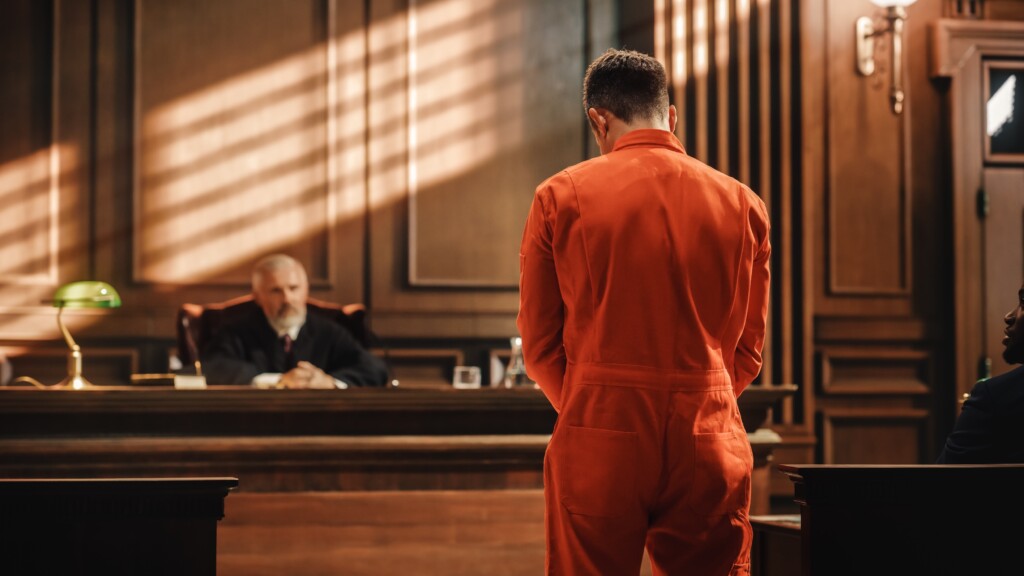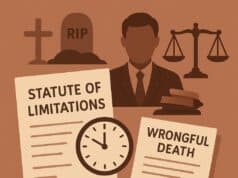
People often feel confused when they first learn about criminal charges. The process seems long, and the terms can feel unfamiliar. Many worry about what will happen next or how each step affects the case. Understanding the path from arrest to court can remove some of that fear. This guide explains the process in a clear and simple way so beginners can follow it without stress.
The Arrest
A criminal case usually begins with an arrest. Police make an arrest when they have probable cause. Probable cause is a reasonable belief that someone committed a crime. During the arrest, officers tell the person what they are being accused of and read their rights.
The person is then brought to a station or jail. Officers collect fingerprints, take photos, and gather basic information. This can feel uncomfortable, but it is a routine part of the legal process. Once this step is done, the case moves toward deciding whether the person will stay in custody or be released.
Anyone who is unsure about their next steps can benefit from speaking with someone who understands the system well. Those who need guidance early in the process can look for criminal defense legal help in Los Angeles or nearby to get clear direction and protect their rights from the start.
Booking and Holding
Booking creates an official record of the arrest. Officers enter the details into the system to make sure the case is properly documented. After booking, the person waits in a holding area until a judge reviews the case.
This waiting period is not a punishment. It simply ensures that a judge can look at the situation and decide the next step. Someone with a minor charge or strong community ties may be allowed to go home before the first court hearing. Others may stay in custody for a short time until the court makes a decision.
Bail and Release
A judge may consider bail after reviewing the case. Bail is money paid to guarantee that the accused will return to court. The court gives the money back if the person attends all required hearings. If the person does not return, the court keeps the money and may issue a warrant.
Sometimes the court allows release without payment. This is called release on recognizance. The person simply promises to appear in court. Courts use this option when the person is not considered a risk to flee or harm others.
The First Court Appearance
The first court appearance is called an arraignment. The accused hears the official charges during this hearing. The judge explains the possible penalties and reminds the accused of their rights, including the right to a lawyer and the right to stay silent.
The judge then asks for a plea. The choices are guilty, not guilty, or no contest. A not guilty plea keeps the case moving forward. The case then enters the next phase where evidence is reviewed.
Pretrial Proceedings
The pretrial stage is often the longest part of the process. During this time, both sides look at the evidence. They talk to witnesses, review reports, and gather anything else that supports their arguments. This stage helps both sides understand the strength of the case.
Courts may also hear motions during this time. One example is a request to block evidence if it was collected incorrectly. Judges study these requests carefully. If the judge agrees, the evidence may be removed from the case.
Plea bargaining also takes place during this phase. This is when the prosecution and defense discuss a possible agreement. A plea bargain may reduce the charges or suggest a lighter punishment in exchange for a guilty plea. Many cases end at this stage because both sides prefer a quicker resolution.
The Trial
A case goes to trial when there is no plea agreement. A trial can be decided by a judge or a jury. The prosecution presents its evidence first. The defense follows with its own side of the story. Witnesses may testify during the trial. Each side can ask questions to challenge the statements made.
The prosecution must prove guilt beyond a reasonable doubt. This is the highest standard of proof in the legal system. If the evidence does not meet this level, the accused must be found not guilty. Trials can be short or long depending on how complicated the case is.
Once both sides finish, the judge or jury reviews the evidence and reaches a verdict. The verdict is either guilty or not guilty.
Sentencing
If the accused is found guilty, the case moves to sentencing. The judge looks at several factors. These include the seriousness of the crime, the person’s past record, and the impact on victims. The sentence can involve fines, probation, community service, or time in jail.
Some cases allow for special programs. These programs may include counseling or treatment. They help the person address personal issues while still taking responsibility for the crime.
Appeals
A guilty verdict does not always end the legal process. Many people choose to file an appeal. An appeal asks a higher court to check whether legal mistakes were made. The higher court does not look at new evidence. It reviews whether the law was applied correctly during the trial.

If the higher court finds a major error, it may order a new trial or adjust the earlier decision. Appeals can take a long time depending on the court’s schedule.
Conclusion
The journey from arrest to court may seem difficult at first, but learning the steps can make the process easier to understand. Each part has a clear purpose in the justice system. The arrest starts the case, the court reviews the evidence, and the trial decides guilt or innocence. Sentencing and appeals come afterward if the case reaches that point. Knowing how the system works helps remove uncertainty and makes the situation less overwhelming.





